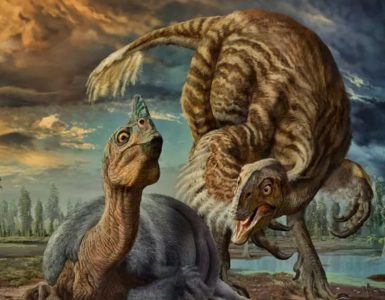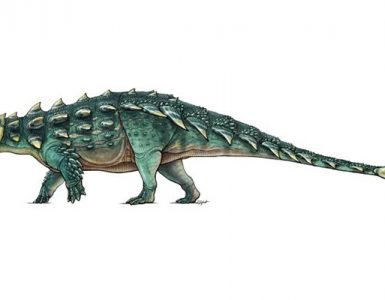 |
| Mammoth – Image Source: Wikimedia Commons |
According to a new study, which is being dubbed as the most comprehensive one on mammoths till date, the amount of genetic changes that the mammoths had to undergo in order to adapt to their harsh surroundings was massive, to say the least. The study was conducted by a team of researchers from the University of Chicago and was published in the journal Cell reports on July 2. The study revealed that the mammoths’ genes controlled almost all the functions of its body. From skin and hair development to metabolism and skill shape etc. were under the control of genes. These changes were the reason a mammoth was able to survive those conditions and adapt itself to change.
The study author Vincent Lynch, PhD, of the University of Chicago, said, “This is by far the most comprehensive study to look at the genetic changes that make a woolly mammoth a woolly mammoth. They are an excellent model to understand how morphological evolution works, because mammoths are so closely related to living elephants, which have none of the traits they had.” The study compared the genomes of the two mammoth remains that were found in the northeastern region of Siberia to the genomes of three Asian elephants and one African elephant. One of the mammoth remains was 18,500 years old and the other one was 60,000 years old. The study revealed that mammoths possessed generic changes associated with skin, hair, temperature tolerance etc.
The scientists had been trying to unravel the mysteries related to this giant of a bygone era for a long time. In April, the genomes of two other mammoths were extensively studied with the help of gene sequencing, but all the studies till now had revealed a limited amount of information about its adaptable nature. During the course of the study, the researchers found about 1.4 million unique genetic variants affecting the proteins produced by some 1,600 genes. The recent revelations have led to a better understanding of the mammoths but the scientists are still far off from reconstructing a modern-day mammoth line. Still, this study is a giant step towards understanding evolution and adaptability better.





















